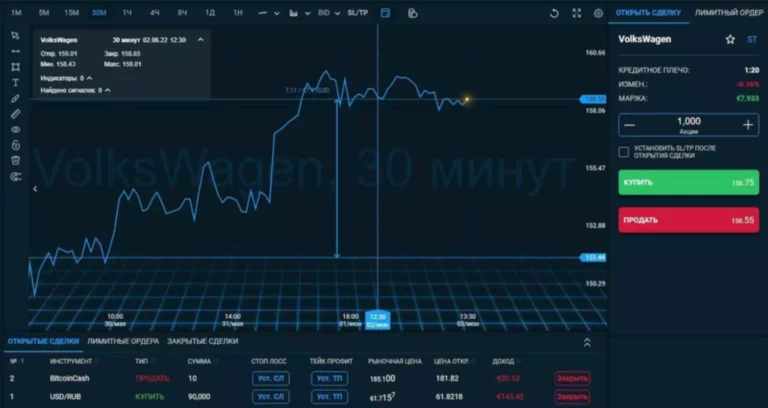It allows for a mixture of open and restricted entry to the community, relying on the use case and application. Proof of stake (PoS) is a extra recent system the place public vs private blockchain users “stake” a sure amount of cryptocurrency to turn into validators on the network. Validators are chosen based mostly on the amount of cryptocurrency they hold, they usually use that cryptocurrency as collateral to confirm and validate transactions. The extra cryptocurrency a user stakes, the more doubtless they are to be chosen as a validator. With this validation system, PoS can allow blockchain scalability by reducing energy consumption and growing transaction speed because it doesn’t require the same stage of computational power as PoW.
The Dangers Of Adding Encrypted Data On The Blockchain
The use instances and level of decentralization differ between the two kinds of blockchains, impacting their immutability options. Despite their similarities, understanding these variations is essential for enterprises considering blockchain expertise. Since anybody can take part in the security and upkeep of public blockchain, the system shall be more secure. The nodes in a public blockchain community wouldn’t have rules to observe. All the participants/users are empowered to work on the community and take part in the validation of truncations with no central authority overlooking their every act.
Public Vs Private Blockchain: What Does Your Corporation Need?

A gossip network and a cryptographically linked chain of transaction blocks comprise Sawtooth’s ‘conventional’ blockchain structure. A good contract platform can additionally be included in the financial protocol. It offers a novel “Proof-of-Stake” consensus course of and functions as a decentralised platform for smart contracts. It focuses on formal methods to increase safety and has the flexibility to vary its own consensus algorithm (and more) via a voting mechanism. The following points are often mentioned because the downsides of public blockchains but there are developments which are fixing the problems. Public blockchains can be used to securely problem and confirm identity documents corresponding to passports and driver’s licenses.

Disadvantages Of Personal Blockchains
Participants want an invite to affix the community, normally from network directors. They provide a extra centralized platform, the place one entity or a group of entities has control. Public blockchains are used in cryptocurrencies and decentralized finance because they will serve as a backbone for almost any decentralized answer.
High Digital Advertising Programs In Singapore For 2024
Once the transaction is confirmed by the nodes, it is added to the blockchain as a brand new block. Verifiable Credentials are a type of digital doc that enable people and organizations to prove their id, claims, and qualifications in a secure and decentralized method. The consensus mechanism is a course of through which all of the nodes in a blockchain network agree on the ledger’s contents. It ensures the validity and security of transactions and prevents problems like double-spending.
Also, as a outcome of the community is decentralized, there is no single point of failure that can be exploited by unhealthy actors. There are built-in incentives to encourage good conduct and discourage unhealthy habits in PoS blockchains where stakers are rewarded for holding and staking cryptocurrency. These incentives help to align the pursuits of community participants and encourage them to behave in the most effective pursuits of the network.
- Thus, private blockchains management who is allowed to participate within the community.
- If someone suspects that the information could have been manipulated and needs to analyze, they will examine the data on the personal blockchain with the public blockchain fingerprint.
- Of all of the emerging applied sciences at present, it’s blockchain that is mentioned most often, but carried out solely by niche entities.
- A blockchain is a set of immutable (tamper-proof) records managed by a set of computer systems, not a government.
This method to ID verification reduces the risk of identity theft and fraud. A private blockchain may be higher for businesses coping with delicate knowledge, such as medical data. On the other hand, private blockchains have fewer individuals and handle solely a smaller number of transactions. Today, we embark on an thrilling journey through the 2024 Singapore Blockchain Consortium Guide, where we’ll demystify the choices between private and non-private blockchains.
Confidential information is kept contained in the network but is still verifiable. Even although a non-public entity may personal the hybrid blockchain, it can’t alter transactions. The controlling organization units permission ranges, security, authorizations and accessibility. For example, a corporation setting up a non-public blockchain community can decide which nodes can view, add or change information.
They work primarily based on permissions and controls, which restrict participation within the community. Only the entities collaborating in a transaction may have data about it and the opposite third events or stakeholders will not be able to entry it. The entry mechanism could range; the present participants could resolve future entrants, a regulatory authority could problem licenses for participation, or an affiliation may make future decisions. Private blockchains supply a higher level of privateness in comparison with public blockchains.
These blockchains are used by organizations to streamline inside processes and improve effectivity. Unlike public blockchains, an administrator must grant individuals entry in personal blockchains. They are decentralised networks the place anybody can participate and validate transactions. Public blockchains supply the very best degree of transparency, since transactions are recorded and verified by individuals. Participants can be a part of a personal blockchain network only through an invite where their identification or other required data is authentic and verified.

A public blockchain is a clear, secure, and decentralized method of recording transactions on a digital ledger. It offers a robust platform for creating decentralized functions and services which might be accessible to anyone with an internet connection. Anyone can join the community, learn the data, and take part in transaction validation.

The public blockchain, non-public blockchain, hybrid blockchain or consortium blockchain can be adopted primarily based on the requirements and nature of an enterprise. With the massive scale of nodes participating in the blockchain network, extra vitality is required. So contemplating the time consumption and useful resource wastage, it isn’t economically possible. If the knowledge is delicate, permissioned networks like personal blockchains could be adopted.
Public blockchains are transparent, that means that anybody can view and trace the historical past of transactions on the network. Many persons are concerned that this is often a drawback for functions that require privacy and confidentiality. Proof of labor (PoW) is a system the place a computer should carry out a fancy mathematical calculation, known as “mining,” in order to validate transactions and add new blocks to the blockchain.
Read more about https://www.xcritical.in/ here.
